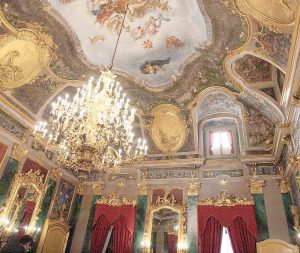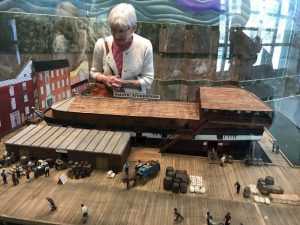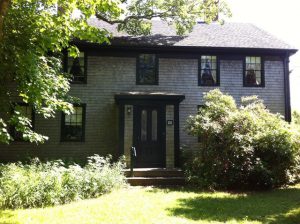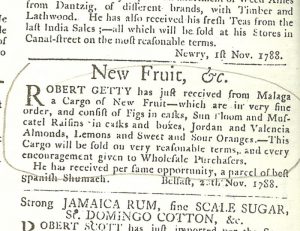
When writing my last post, I missed an event that Granduncle Fred (Ross W. McCurdy, that’s for you!) mentioned briefly in the many notes he had made. While Fred was “hoboing” his way from the Gulf of Mexico to the Great Lakes, he and his pals happened to be sitting on a coal car in the freight yard at Marion, Ohio, when the body of 29th U.S. President Warren G. Harding arrived for burial in Marion, Harding’s hometown. The President had died suddenly on 2 August 1923 at age 57 while on a speaking tour to San Francisco. Seeing “the entire train draped with black bunting” was a somber moment for Fred and his companions. Continue reading Back to the sea







